NRLW 2025: Stars call for earlier season, schedule overhaul, compensation for leave ahead of draw release
Ahead of the 2025 NRLW draw release, players have addressed some of the biggest issues in the women’s game, and what changes need to happen in order to truly go professional.
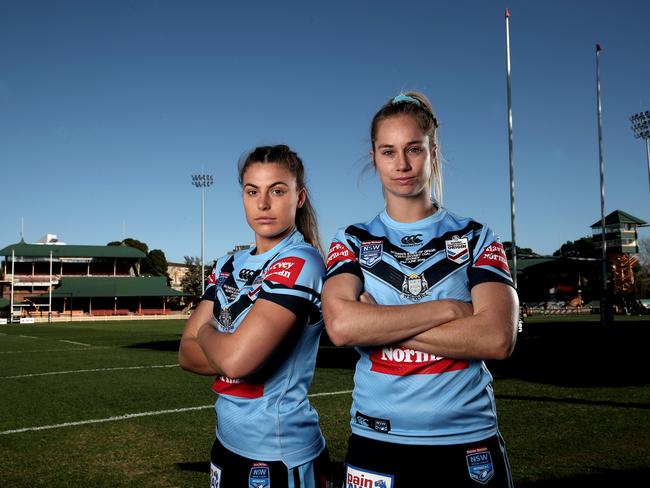
NRL
Don't miss out on the headlines from NRL. Followed categories will be added to My News.
Senior NRLW players Jess Sergis and Kezie Apps have called for an overhaul of the women’s calendar ahead of the 2025 draw release this month.
In camp with the Jillaroos ahead of Sunday’s Pacific Cup final against New Zealand, two of the game’s biggest names have thrown their support behind a shift of NRLW season to the start of the year to avoid coming into State of Origin cold.
Under the current arrangement, the newly expanded three-game State of Origin series is the first event on the women’s calendar with the NRLW season starting shortly afterwards and finishing alongside the NRL in a double-header grand final.
“I think we’ve just been so adaptable that they throw different things at us every year, so we just adapt to it and I think that’s the beauty of us women, that we can adapt on the go,” Sergis said.
“I would genuinely love to have to play an NRLW season before rep football, but in our case, it just doesn’t happen and it doesn’t work out with the roster.

“Obviously we’ll get to that point where our season will be as long as the men, but I think for us, and to play the best football moving forward, I think we need to have an NRLW pre-season into an NRLW, into rep footy.
“It just wouldn’t happen with the men that they go straight from an off-season into three games of Origin. But we can do it, so whatever.”
Australia, NSW and Wests Tigers captain Apps has posed a hybrid version which would involve starting the NRLW season just a few weeks before Origin, pausing for six weeks, and then resuming after the series.
“If we started a bit earlier, did our pre-season, played a couple of rounds, have an Origin break without any club games and they can still train, and then come back after that and then finish on grand final day, that would be that would be awesome.
“That would be ideal.”
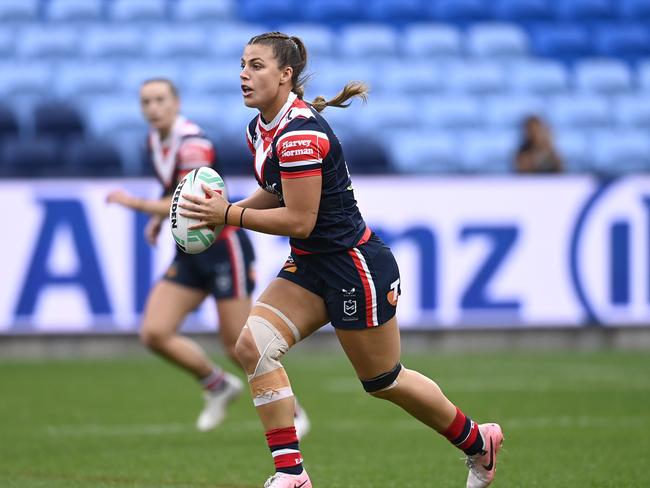
For the NRL, the issue is structuring an elite competition around an Origin series when the numbers do not call for it.
In 2022 the NRLW played a catch up season at the start of the year, and the grand final was the lowest rating of all deciders so far.
It had around half a million fewer viewers than the typically placed grand final at the end of 2022.
Broadcast availability is also easier at the end of the year during the men’s finals, while a new pre-season competition means games are starting in the summer.
It’s one of a number of topics up for debate as the women’s game further grows with two teams added to the competition in 2025.
COMPENSATION
Adequately compensating players is another issue added to the agenda ahead of Canterbury and the Warriors boosting the competition to 12 teams next year.
It comes as a RLPA player survey has revealed almost 70 per cent of NRLW stars to feature in a Thursday night match were forced to take leave from their jobs to play.
Around 200 NRLW players took part in the RLPA survey that revealed players continue to make sacrifices to play in the competition.
As well as time off from work for Thursday night games, 39 per cent were forced to take leave to play in Saturday morning matches and almost 50 per cent needed time off to be available for captain’s run training sessions.
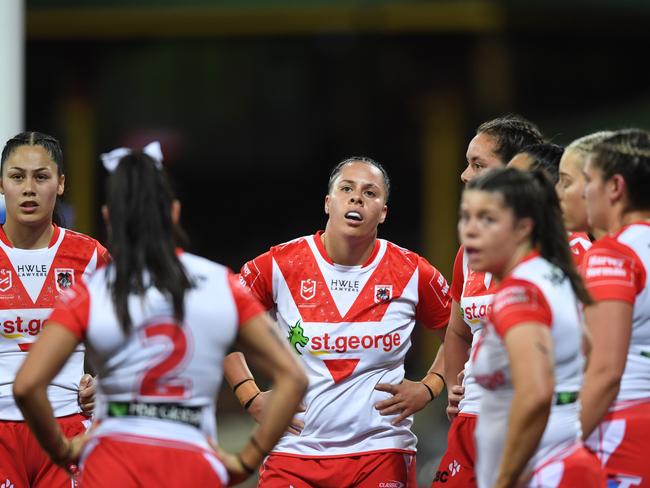
Last year’s season featured three Thursday night matches but the issue has come to a head amid the possibility that more games could be played on that day as the draw expands.
Payments to compensate players who take time off work to play on Thursday night sit outside of the existing collective bargaining agreement.
The NRL told this masthead it agreed to compensate players in 2024 but the RLPA is seeking a guarantee that NRLW stars will continue to receive the payment in subsequent years.
RLPA general manager of strategy and innovation Lina Caccamo said players would need ‘supplementary income’ until the NRLW went to a full-time competition.
“The quick fix is continuing to compensate players for having their protected hours impacted by match and training schedules,” Caccamo said.
“The best solution is making them professional so that rugby league is their primary income. As it stands, without additional growth to the length of the season, above the agreed increase in 2025, we won’t get there within the current CBA, so adjusting the schedule or compensation are our best options.”
The NRLW minimum wage will increase by $8000 to $41,800 in 2025 with a mapped out plan under the CBA for the coming seasons.
However, around 90 per cent of NRLW players have to navigate work or full-time study during the season.
That will be the case until the game turns professional.
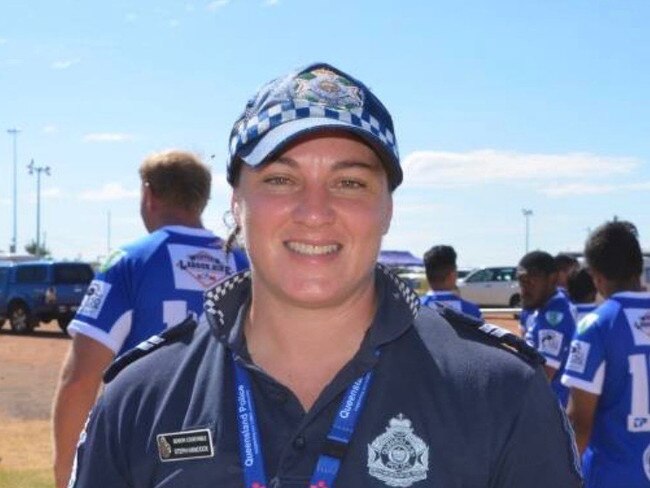
BROADCAST PACKAGE
The NRLW is in a growth period where building value through viewership is essential to moving the game into professionalism in the near future.
As it stands, 1 million people watching the NRLW grand final is a huge selling point for broadcasters.
So too the NRL, with the TV rights package to come up for sale during the next broadcast cycle, which starts in 2028.
That added income could help fund a full-time professional game for the women.
Under the CBA expansion is mapped out over the next few years, capped at 12 teams until 2027.
It’s a delicate balance to strike for the NRL between managing broadcast demands, costs and also creating an entertaining product that attracts viewers and fans.
“I’d like to see us play each other twice, or play some more rounds,” Apps said.
“Play more games rather than have more teams until we can build more depth.
“Our squads need to be bigger than 24 as well, because every team I reckon would have burned through all their squad this season.”
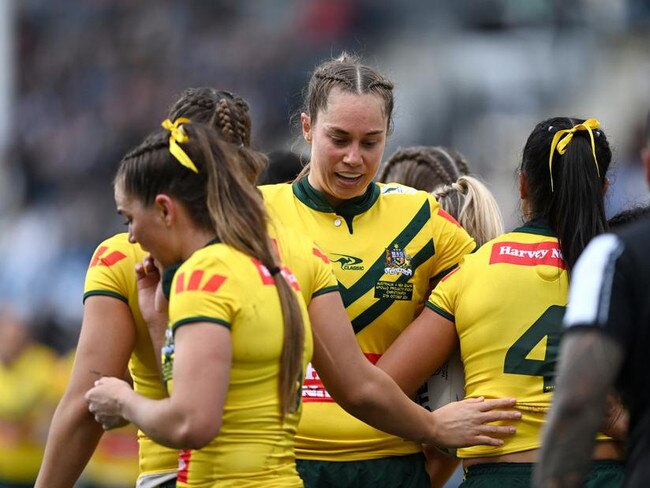
FUTURE DREAMS
What the future looks like for the women’s game is a hot topic in Jillaroos camp in the Blue Mountains this week.
For the best players in Australia it’s a responsibility they take seriously, not only to win games but to drive the agenda for the women’s game as a whole.
Scattered around the team room were fake newspaper clippings detailing the milestones they dream of achieving over the next 30 years.
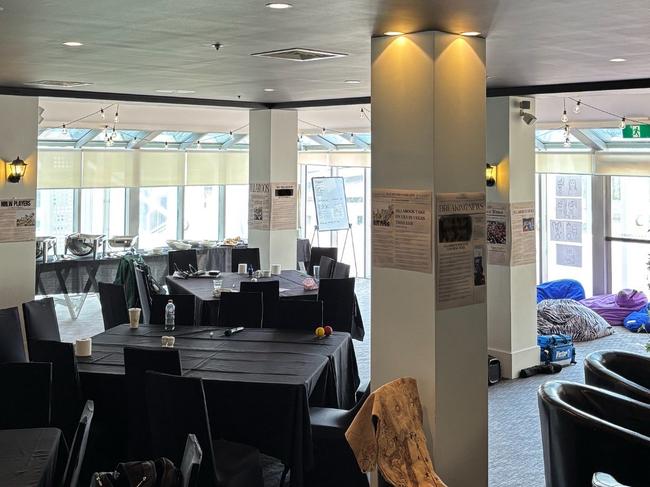
Among them were headlines for a female Immortal, one of their own transitioning into a head coaching position, full time professionalism, Indigenous outreach programs and lending their voices to a treaty.
And biggest of all, a Jillaroos high performance centre available for any female representative rugby league team to use, based on the border of Queensland and NSW.
They’re aiming as high as the profile of the Matildas and beyond with dreams of becoming Australia’s biggest sporting brand and a household name across the country.
And why not?
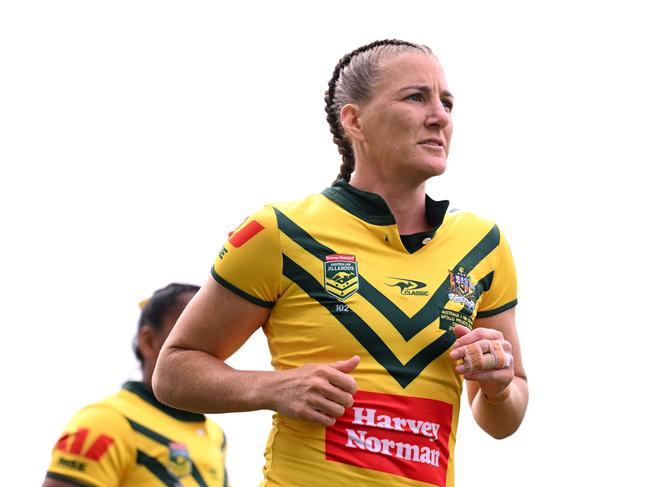
“This group is all on board for making the game better,” says Jillaroos co-captain Ali Brigginshaw, who can see how far the game has come but how far there is to go.
She debuted for Australia back in 2009 and plays her 25th game in the green and gold on Sunday.
“I want people to know the Jillaroos, the past that we’ve gone through, the battles we’ve fought to get to where we are,” she continues.
“I want people to know that it’s a team that’s worked really hard to get here.
“They used to play without the coat of arms. They used to play and train on the backstreets.
“They used to have to sell raffle tickets to be here and now we’re here and the players are at the top of their game and they’re the number one in the world.
“I want people to know those things because if you look at who’s been here, who’s going to be here and what’s to come, it’s just phenomenal.”




